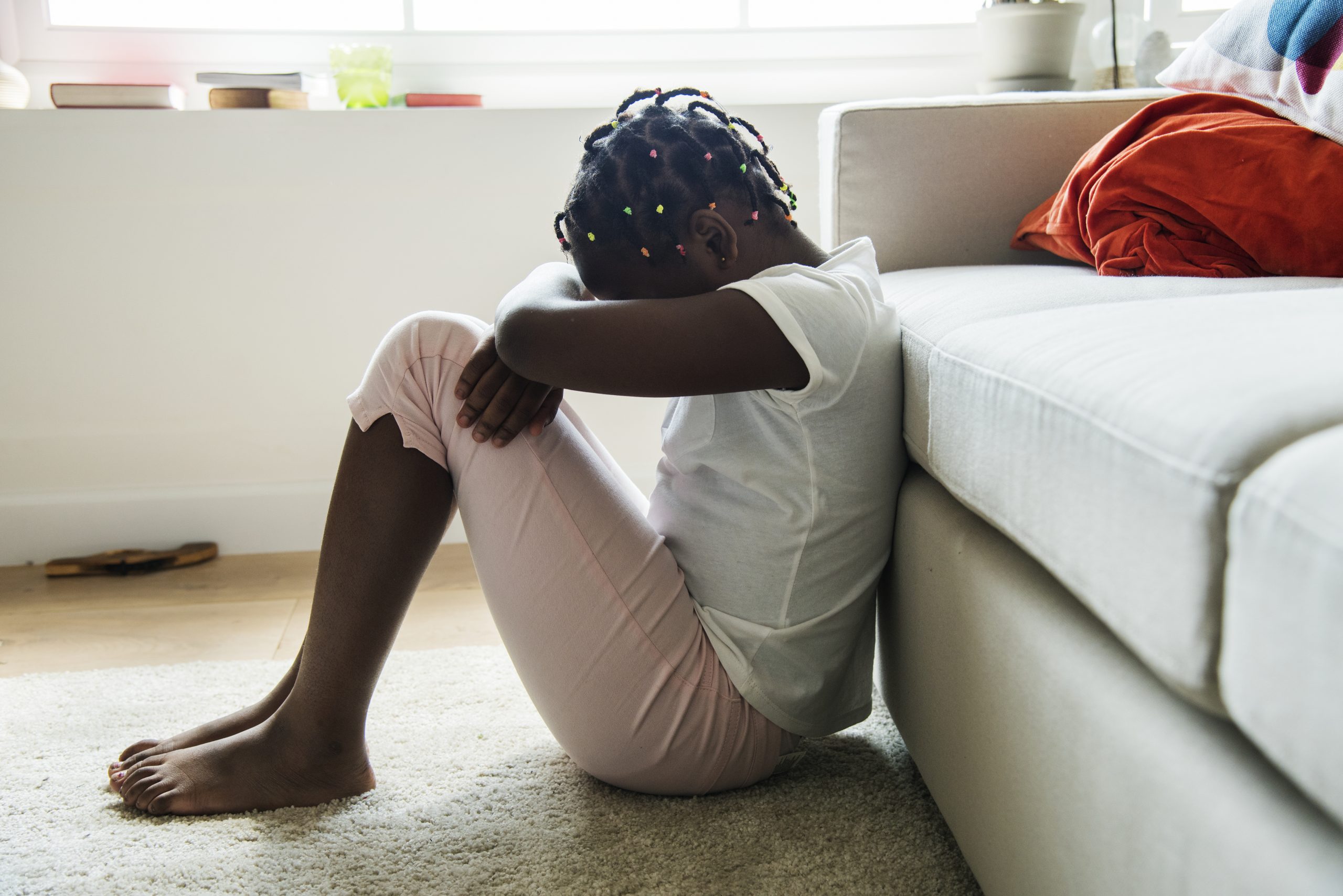
Emotional abuse includes all acts of omission or commission which result in the absence of a nurturing environment for the child. It remains one of the most difficult types of abuse to isolate (Crosson-Tower, 2014). Some experts believe that emotional abuse underlies all types of abuse. Consider the child who describes a spanking that lasts a minute. The pain subsides, and the moment ends. The words that are expressed, such as, “you’re bad, you’re a stupid kid,” and more, however, can sear into the child’s mind and last far beyond the humiliation of the physical wound (Crosson-Tower, 2014, p. 196).
Emotional abuse is a pattern of behaviour that attacks a child’s emotional development and sense of self-worth. It includes excessive, aggressive or unreasonable demands that place expectations on a child beyond his or her capacity. Emotional abuse is not an isolated event but rather a pattern of psychologically destructive behaviour that can include criticizing, teasing, belittling, insulting, rejecting, ignoring, corrupting or isolating the child. It may also include exposure to domestic abuse (Barlow & McMillan, 2010; Crosson-Tower, 2020; Jonson-Reid & Drake, 2018; Rimer & Prager, 2016; Tufford, 2020).
Possible signs that a child or youth may be emotionally abused include:
- Decline in self-confidence – can occur suddenly with the onset of abuse or over time
- Headaches or stomach aches with no medical cause
- Destructive behaviour
- Overly compliant or eager to please
- High self-expectations, critical of self
- Approval seeking
- Abnormal fears, increased nightmares
- Failure to gain weight (especially in infants)
- Desperately affectionate behaviour
- Speech disorders (stuttering, stammering)
- Habit disorders (biting, rocking, head-banging)
- Argumentative or consistent temper tantrums
- Bullying tactics
- Being easily frustrated
- Behaviour extremes—disobedient or overly compliant
- Developmental lags
- Poor peer relationships
- Prolonged unhappiness, stress, withdrawal, aggression, anger
- Regressive behaviours and or habit disorders (e.g., toileting problems, thumb sucking)
- Self-deprecating comments
(Barlow & McMillan, 2010; “Child Abuse and Neglect,” (n.d.); Crosson-Tower, 2020; Durrant & Ensom, 2004; Fallon et al., 2020; Jonson-Reid & Drake, 2018; Ontario Association of Children’s Aid Societies, 2022; Public Health Agency of Canada, 2012; Rimer & Prager, 2016; Sedlak et al., 2010; Toronto Children’s Aid Society, n.d.; Tufford 2020).

